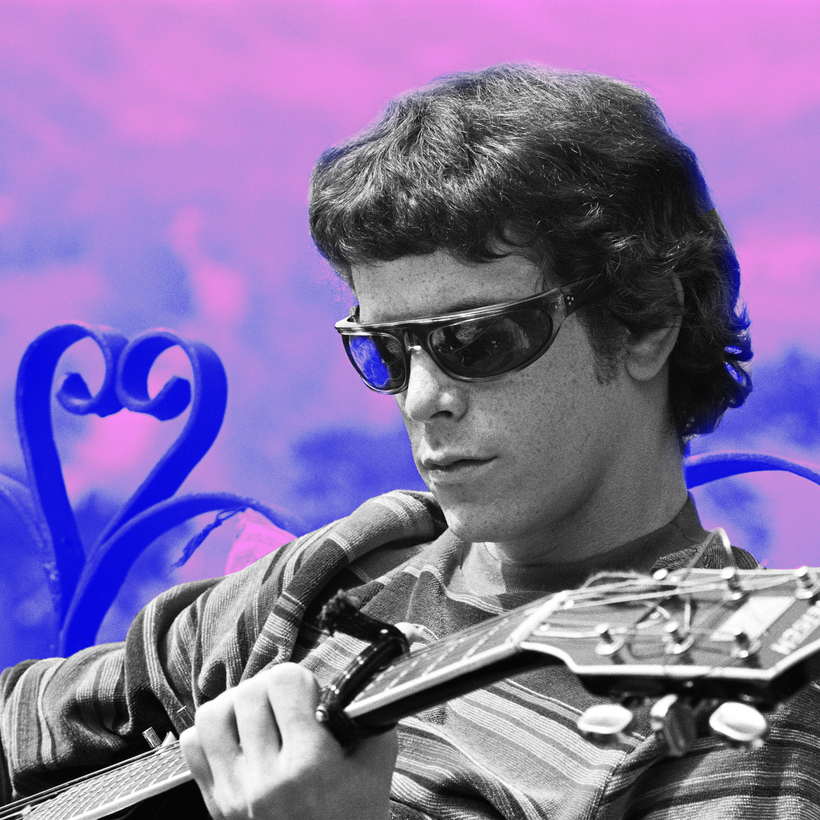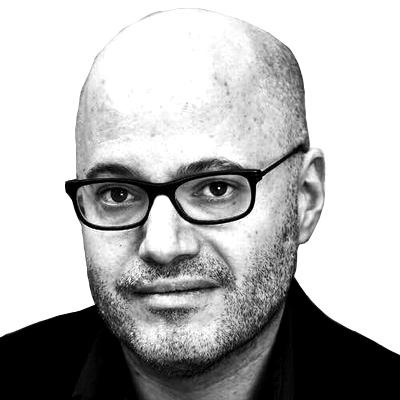“Music fathoms the sky.” Charles Baudelaire’s quotation is the first thing we see in Todd Haynes’s The Velvet Underground, a documentary about the American rock band that hits theaters and Apple TV+ this weekend following its premiere at Cannes earlier this year.
The sky is a lot to fathom, but big things have been said about this band before. Lester Bangs said modern music began with them. Brian Eno said that everyone who bought one of the first 10,000 copies of The Velvet Underground & Nico started a band. Then again, Cher said they replaced “nothing, except maybe suicide.”
The Velvet Underground were living in a Cher world the entire time they were together, from 1966 to 1970, when Lou Reed ditched a now legendary gig at Max’s Kansas City in disgust. Two years later, after he went solo, “Walk on the Wild Side,” about Warhol Factory cross-dressers, was a hit.

This documentary fathoms a world not yet ready, subcultures that would surface only later. Reed wanted to write rock ’n’ roll songs like Chandler or Burroughs—or his Syracuse mentor, Delmore Schwartz—wrote prose. Dylan had already happened, but he wasn’t writing about shooting heroin or tasting the whip of shiny, shiny leather, or Candy Darling hating her body and all it required in this world.
I was of the generation that discovered the Velvet Underground in the 80s amid rock-critic hype so heavy, it still sounded too raw and tender to be true.
Doc’s Orders
I discovered Haynes’s films shortly after my introduction to the Velvet Underground, all the way back to Superstar (1988), a biopic of Karen Carpenter, who was played by an anorexic Barbie doll. In Safe (1995), Julianne Moore suffered from a mysterious malady that drove her into a New Age quarantine. In I’m Not There, Bob Dylan is divided into six personae, one of them played by Cate Blanchett. Haynes went past our norms and into our campy souls, over and over again.

With The Velvet Underground, Haynes is making his debut as a documentarian, but the story he tells, and the way he tells it, keeps fathoming the sky. “The etymology of the music deserved that time and space,” Haynes tells me. “That was the way you were going to start to really come in the back door with the music and hear it anew.”
Haynes spends the first hour building up, from Reed’s side, his parents’ attempt to electroshock the gay away, diva behavior with bar bands, a stint with a budget label. Reed, who died in 2013, is not present for the documentary.

John Cale, still dashing in his late 70s, is the marquee idol. He escapes from the hills of Wales and becomes an apprentice with La Monte Young, who also appears as a talking head looking like an elderly biker. In a Lower East Side apartment, when the world was falling in love with Revolver, Pet Sounds, and Blonde on Blonde, the band knew it was coming up with something completely different.
Todd Haynes went past our norms and into our campy souls, over and over again.
When Andy Warhol entered the picture, he made quite the explosion—he called the Velvet Underground’s performances the “Exploding Plastic Inevitable”—but he couldn’t make them famous for 15 minutes.
We see smack addicts, gay-bar raids, Factory screen tests of every member which, slowed down against the music, come alive. “We’ve all seen the clips and stills of the screen tests over the years,” Haynes says. “They’re stunning, they’re beautiful, they feel a little tired. But I never watched one all the way through, let it hold on a parallel frame and tell the story of one of their childhoods—you feel like Lou is bearing witness to his own childhood, but also the act of it being told by me in a movie. And it pulls you in and out at the same time, and it also makes you feel he’s alive.”

The Velvet Underground were not quite of this earth. Jonathan Richman, who said he saw the band around 70 times when he was a teenager, compared it to watching Michelangelo. Danny Fields said you’d need physics to explain them. “You have to change your own internal clock,” Haynes says, to understand “the way they’re talking about the frequencies of sound relating to the dream frequencies.”
His documentary makes you fall in love all over again. Each song is a dark beatitude, a rush of dopamine saving our lives with rock ’n’ roll. When you stumble upon a conversation between Reed and Warhol from after the Velvet Underground’s breakup, it is remarkable to see these two icons speaking sweetly about keeping up with the family of the band. They were each famous for attitude, but not at that moment, and Haynes’s film is full of such surprises.

Where is the underground now? “For the most part, today people want to take what they saw and do it themselves so that they could be included in the corporate embrace,” Haynes says. How gross. And what a dream to be transported to a time of glorious transgression.
“Between thought and expression / Lies a lifetime” goes the line from “Some Kinda Love.” It’s not over yet. Music fathoms the sky. Haynes’s astonishing documentary fathoms it all.
The Velvet Underground is in theaters now
David Yaffe is a professor of humanities at Syracuse University. He is the author, most recently, of Reckless Daughter: A Portrait of Joni Mitchell

